What Is Sialic Disease
What is sialic disease. This disorder is generally classified into one of three forms. 33 linhas Free sialic acid storage diseases are inherited conditions that lead to. Sialic acid storage diseases are a group of conditions which affect structures in cells known as lysosomes which help break down other molecules in the body.
Sialic acid storage disease characterized by lysosomal accumulation of unbound N-acetylneuraminic acid ie free sialic acid is due to mutations in the anion transporter sialin resulting in impaired efflux of sialic acid across the lysosomal membrane into the cytosol. This gene creates a protein called sialin which moves free sialic acid around the cell it may also have other functions which are not yet understood. People with sialic acid storage disease have signs and symptoms that may vary widely in severity.
Sialic acid storage disease. People with a first-degree relative with celiac disease parent child sibling have a 1 in 10 risk of developing celiac disease. Sialic acids are a diverse family of sugar units with a nine-carbon backbone that are typically found attached to the outermost ends of these chains.
Approximately 20 mutations that cause sialic acid storage disease have been identified in the SLC17A5 gene. People affected by sialic acid storage disease have trouble transporting sialic acid out of the lysosomes. When the gene is mutated sialin either is not produced or does not function normally.
Salla disease SD intermediate. Its also known as celiac sprue nontropical sprue or gluten-sensitive enteropathy. Salivarius Medical Dictionary for the Health Professions and Nursing Farlex 2012.
Others prevent sialin from being produced. Infantile free sialic acid storage disease Salla disease and intermediate severe Salla disease. Sialic acid storage disorders are a group of autosomal recessive diseases caused by mutations in the SLC17A5 gene.
Sialic acid storage disease is an inherited disorder that primarily affects the nervous system. Celiac disease can develop at any age after people start eating foods or medicines that contain gluten.
Its also known as celiac sprue nontropical sprue or gluten-sensitive enteropathy.
All forms of Sialic acid storage disorder are caused by mutations in the SLC17A5 gene. Sialic acid A generic term for acylated neuraminic acids and other derivatives of neuraminic acid when the nature of the N-acyl or O-cyl substituents is not relevant or is unknown. Approximately 20 mutations that cause sialic acid storage disease have been identified in the SLC17A5 gene. Sialic acid storage disease characterized by lysosomal accumulation of unbound N-acetylneuraminic acid ie free sialic acid is due to mutations in the anion transporter sialin resulting in impaired efflux of sialic acid across the lysosomal membrane into the cytosol. Celiac disease is hereditary meaning that it runs in families. People with sialic acid storage disease have signs and symptoms that may vary widely in severity. Salla disease SD intermediate. What is sialic acid storage disease. Celiac disease is an autoimmune disorder thats triggered when you eat gluten.
Sali-var-ē Relating to saliva. Salivarius Medical Dictionary for the Health Professions and Nursing Farlex 2012. Sialic acid storage diseases are a group of conditions which affect structures in cells known as lysosomes which help break down other molecules in the body. There are three forms which vary in severity. Infantile free sialic acid storage disease Salla disease and intermediate severe Salla disease. Roger Seheult of MedCram explains new research on Neu5Gc a sialic acid molecule found in meat and dairy and how it may contribute to severe COVID-19 sy. Celiac disease can develop at any age after people start eating foods or medicines that contain gluten.





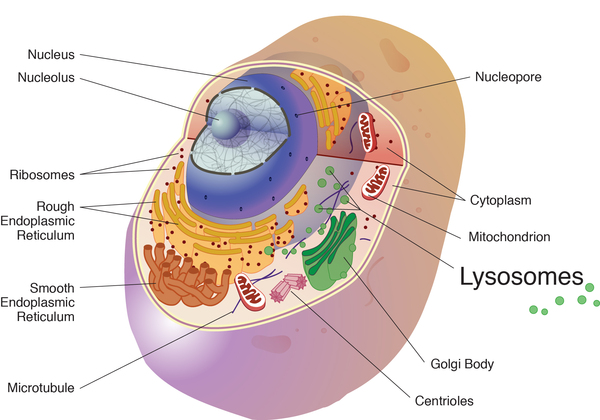

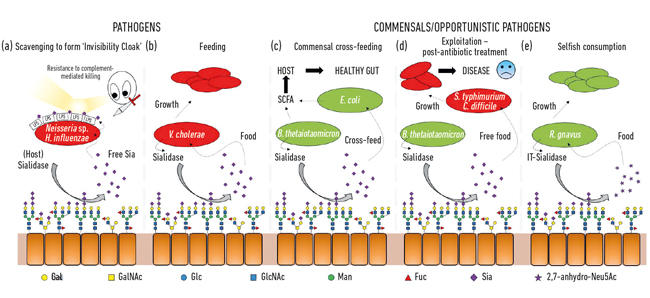













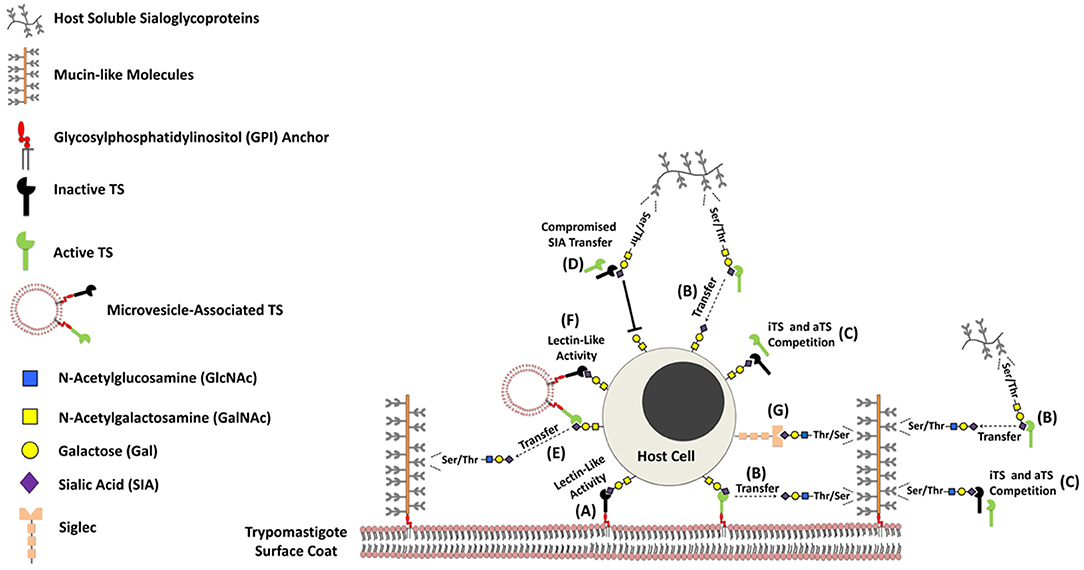


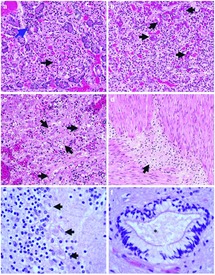





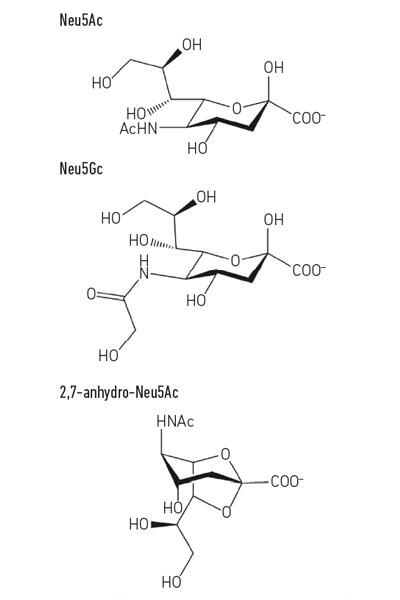





Posting Komentar untuk "What Is Sialic Disease"